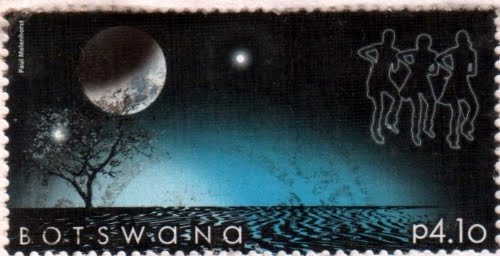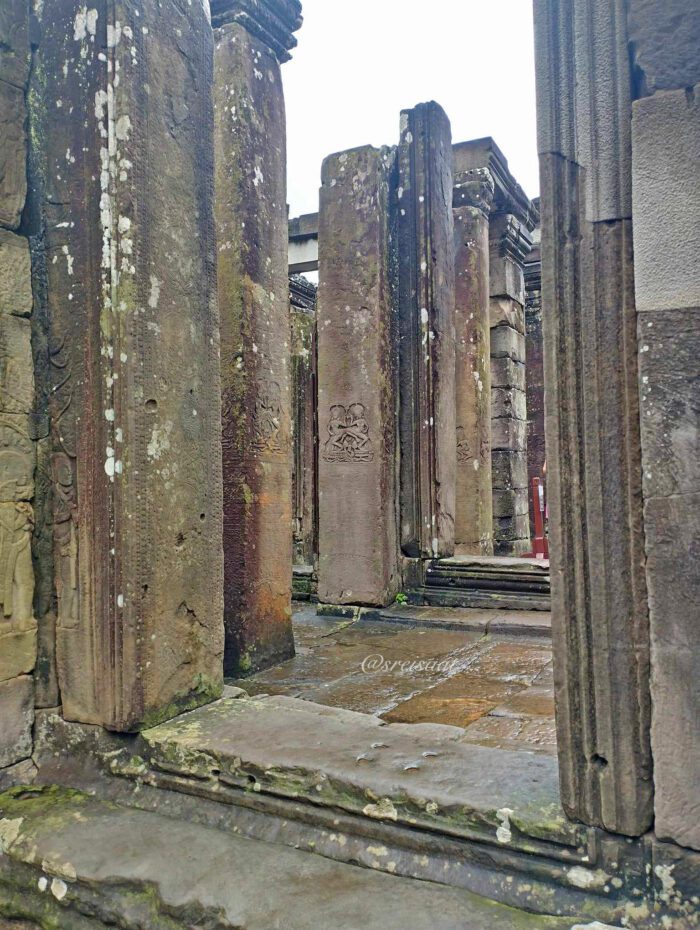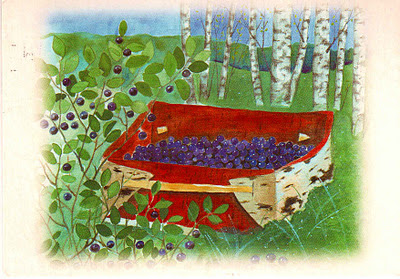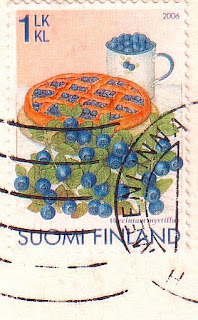Have you ever looked up at the night sky and felt a sense of awe and wonder? The stars, the moon, and the vast expanse of the heavens have captivated humanity for millennia. In Botswana, the starry skies have been a source of inspiration for countless folktales and legends.
The Botswana Post’s “Sky at Night” series is a beautiful tribute to this rich astronomical heritage. Released in 2009, this series features stunning stamps depicting the country’s celestial wonders and the stories associated with them.
For thousands of years people have looked heaven-ward and questioned their place in the cosmos. The stars, the moon and sun, and the immense dome of the Kalahari were all celestial signs that united people with nature. It is not surprising that the Naro of D’kar call this greatest of nature’s phenomena, “Nqarri Kgei kwe”… the Face of God.
The starlore of Botswana includes stories about stars and constellations, planets, the sun and moon, as well as bodies with apparent motion such as meteors and comets. These accounts are typically expressive rather than physical in understanding, with most descriptions having a metaphorical or narrative idiom. Many have whimsical associations, some have deeper intrinsic meaning in explaining cosmological origins [emphasis mine] whilst others serve practical purposes such as markers for direction in space and time. – Botswana Post
I was lucky to receive one of the stamps in the series sent by my very good friend, Marife, who resided in Botswana with her family. Marife was one of my closest expat-friends here in Cambodia and after her husband’s contract has expired in 2006, her husband chose not to renew and accepted a new assignment in Botswana instead.
About the stamp:
References to the moon are ubiquitous in local cultures. This stamp depicts a Setswana group of women who, it is said, bring a gentle light to the home, unlike the oppressive heat of the sun. The lunar waxing and waning also coincides with the monthly fortunes, the waxing moon being U-shaped, carries problems and diseases, whereas the waning moon spills these misfortunes on the people. Here the moon is accompanied by the recent concatenation with Jupiter and Venus. “Maphatlalatsane“, the brightest celestial object after the sun and moon. Unfortunately the link to the source is broken, and so is the link to the Botswana Post – I had these links in my notebook for a long time, so probably the website is now down.
See the complete set below. I would have loved to get the rest to complete the series. From the Southern Cross and four giraffes to the meteorite and shamans shooting arrows, each stamp tells a unique tale. One of my favourites is “The Moon and the Women of Setsana,” shown above, which depicts a group of women who are believed to bring a gentle light to their homes. The moon’s waxing and waning are also said to be connected to monthly fortunes and misfortunes.

More sky stamps over at Sunday Stamps hangout 🙂
My dear friend Marife passed away in 2022. We shared a deep bond during her time in Cambodia, and I cherish the memories we created together. I like to think that she’s looking down on me from the heavens, watching over me with the same warmth and kindness she always showed. Rest in God’s peace, my dear friend. You’re always in my heart.





